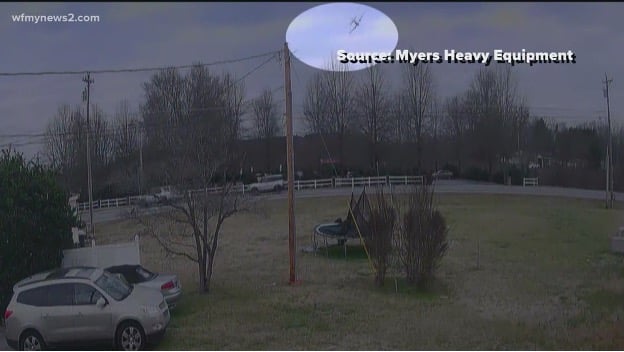ONE HUNDRED ELEVEN DEATHS IN PILATUS PC-12 AIRCRAFT IN 98 ACCIDENTS OR INCIDENTS LATEST NORTH CAROLINA ACCIDENT LOOKS LIKE AN IN-FLIGHT BREAK-UP
ONE HUNDRED ELEVEN DEATHS IN PILATUS PC-12 AIRCRAFT IN 98 ACCIDENTS OR INCIDENTS
LATEST NORTH CAROLINA ACCIDENT LOOKS LIKE AN IN-FLIGHT BREAK-UP
There are about 1800 Pilatus PC-12 aircraft built and flying today. The aircraft is widely used by both passenger carrying private and commercial users but also for carrying high priority freight.
It is a big airplane, the size of a Beech King Air 200 but has only one engine, a generally reliable Pratt and Whitney PT-6 turboprop.
While easy to fly and now equipped with advanced flat screen avionics, the PC-12 like most other airplanes can be a handful to fly when things go bad.
Ninety-eight accidents or incidents for a turbine powered aircraft or 5% of the fleet is a lot. For the PC-12 that equates to 111 deaths, also a lot.
The first responders identified three debris fields which usually means in flight break-up. That is a rare but not unknown circumstance for the Pilatus. No airplane should break-up in flight and with an experienced pilot aboard it is even less plausible.
This accident together with 98 other accidents and non-fatal incidents means that either training is lacking, system reliability is lacking or structural integrity needs to be looked at.
Other Pilatus aircraft have demonstrated similar radar signatures including extremely rapid descents due to pitch or roll trim servo issues but that problem has been thought to be resolved in the newer airplanes.
Modern avionics have proved to be a Godsend to pilots because of the information they provide and modern flight control systems have proved to be very reliable but the failure of either can explain an unusual attitude that ends in a steep descent. This aircraft descended at over 7000 feet per-minute in the final dive to the ground.
The Wolk Law firm extends its condolences to the families of the vitcims who have suffered so much from this tragedy. May the memories of those who perished be a blessing.
Arthur Alan Wolk
2/18/22
For more commentaries click here.


